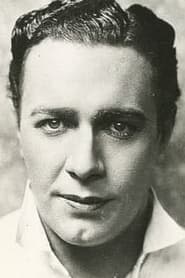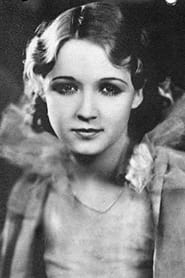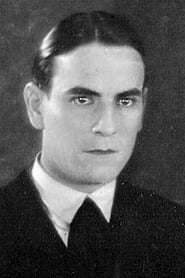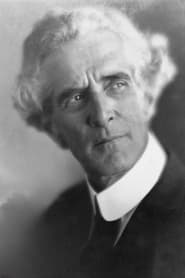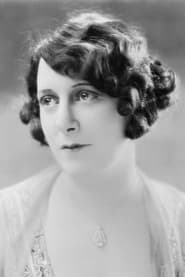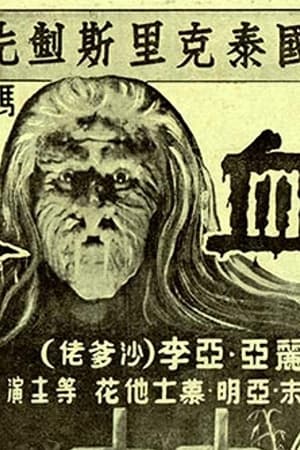
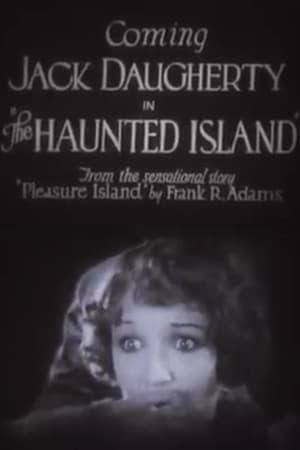
Haunted Island(1928)
Rosalind Joy (Helen Foster) is an heiress who has inherited a South Seas island known as Pleasure Island. A hidden cache of gold is allegedly buried on the island, which has several haunted structures. Rosalind's uncle, Spring Gilbert (Al Ferguson), wants the gold for himself and declares he will stop at nothing, not even the death of his niece, to get it. Rosalind, meanwhile, is befriended by Jerry Fitzjames (Jack Dougherty), a playwright. Unfortunately, Jerry has only recently escaped from a psychiatric hospital. Although he swears to protect Rosalind, she doubts Jerry's sanity. The two lovers race against Uncle Gilbert (who has set several traps for them) to find the treasure. In the end, Rosalind and Jerry are aided by the "Phantom Rider," a spectral horseman.

Movie: Haunted Island
Top 10 Billed Cast

Haunted Island
HomePage
Overview
Rosalind Joy (Helen Foster) is an heiress who has inherited a South Seas island known as Pleasure Island. A hidden cache of gold is allegedly buried on the island, which has several haunted structures. Rosalind's uncle, Spring Gilbert (Al Ferguson), wants the gold for himself and declares he will stop at nothing, not even the death of his niece, to get it. Rosalind, meanwhile, is befriended by Jerry Fitzjames (Jack Dougherty), a playwright. Unfortunately, Jerry has only recently escaped from a psychiatric hospital. Although he swears to protect Rosalind, she doubts Jerry's sanity. The two lovers race against Uncle Gilbert (who has set several traps for them) to find the treasure. In the end, Rosalind and Jerry are aided by the "Phantom Rider," a spectral horseman.
Release Date
1928-03-26
Average
0
Rating:
0.0 startsTagline
Genres
Languages:
No LanguageKeywords
Similar Movies
 0.0
0.0The Empty Cab(en)
Henry Egbert Xerxes' big chance as a cub reporter comes when he is assigned to track down a gang of counterfeiters which gathers regularly at the Red Dog Inn. As he leaves the office, Henry witnesses a girl being dragged into a cab -- the same girl he had seen that morning passing counterfeit money. Henry follows, but on overtaking the cab, he finds it empty. At the Red Dog Inn, he discovers that the girl is being held captive. After a series of rough and tumble adventures with the resident thugs, he and the girl escape, after which he rushes home to write up the story. When it fails to appear in print, Henry storms into the city room only to discover that the entire business was a hoax, intended to test his reporter's instincts.
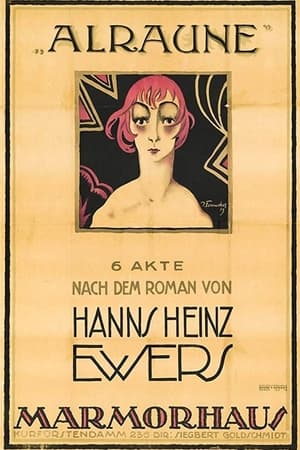 0.0
0.0Alraune(hu)
It is a variation on the original legend of Alraune in which a Mad Scientist creates a beautiful but demonic child from the forced union between a woman and a Mandrake root. Not to be confused with the 1918 German version of Alraune.
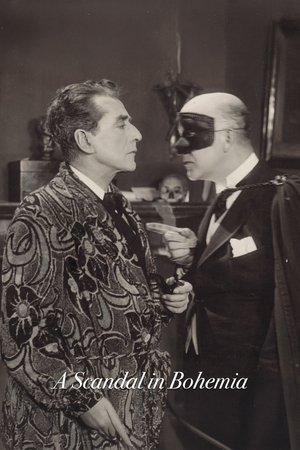 0.0
0.0A Scandal in Bohemia(en)
Holmes and Watson match wits with an opera star intent on blackmailing a king.
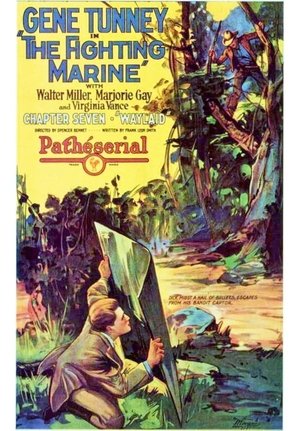 0.0
0.0The Fighting Marine(en)
As a reporter, Dick Farrington is sent to cover an assignment that promises a big story. A lawyer has advertised for an ex-Marine who is a boxer. He makes good beating up a gang of roughnecks picked for the purpose, and secures the mysterious job that is filled with danger. It is to guard the heiress Lady Chatfield, but the hero is told nothing as to the secret in back of it all. Dick poses as Lord Grantmore, wears a monocle, and otherwise acts like a titled Englishman. They proceed to the mining town of Goldbrook, where the heiress is to occupy a mysterious mansion on the occupancy of which hinges a great fortune. The engineer of the mines is deeply interested in thwarting the plans of Lady Chatfield, and with his gang of roughneck miners makes things lively for the pugilist star in a series of fights that are hair raisers.
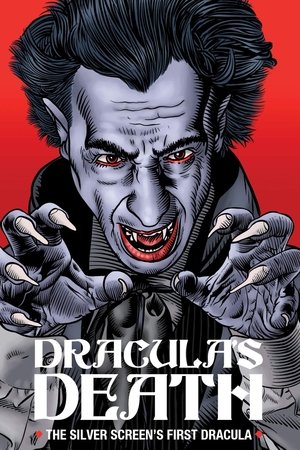 8.0
8.0Dracula's Death(hu)
The film is about a woman who experiences frightening visions after visiting an insane asylum where one of the inmates claims to be Count Dracula (here following the Hungarian spelling Drakula). She has trouble determining whether the inmate's visions are real or merely nightmares.
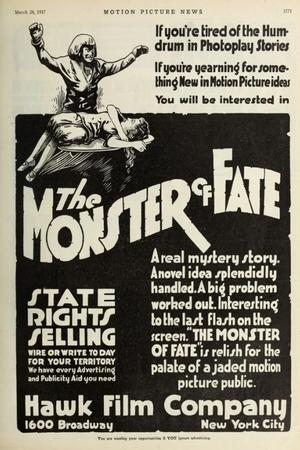 6.7
6.7The Golem(de)
This mostly lost film is often confused with director Paul Wegener third and readily available interpretation of the legend; Der Golem, wie er in die Welt kam (1920). In this version of the golem legend, the golem, a clay statue brought to life by Rabbi Loew in 16th century Prague to save the Jews from the ongoing brutal persecution by the city's rulers, is found in the rubble of an old synagogue in the 20th century. Brought to life by an antique dealer, the golem is used as a menial servant. Eventually falling in love with the dealer's wife, it goes on a murderous rampage when its love for her goes unanswered.
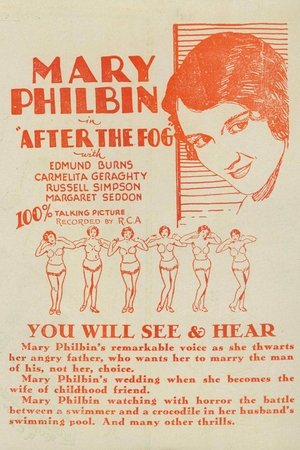 6.0
6.0After the Fog(en)
Millionaire Joshua Barker insists that his daughter, Faith, must marry Phil Langhorne, a man that neither likes, and Faith is in love with and eager to marry her childhood sweetheart, John Temple.
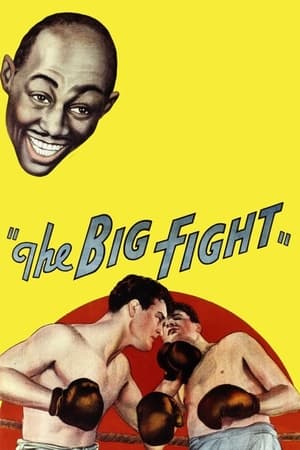 3.0
3.0The Big Fight(en)
Based on the David Belasco stage production of the Max Marcin play in which heavyweight-champion Jack Dempsey played the role of the fighter, Tiger: This "behind-the-scenes look of a heavyweight-championship fight" looks much like all of the other boxing films in which the Champ gets involved in a frame-up and is asked to take a dive.
 4.5
4.5The Arm of the Law(en)
A reporter and a detective team up to solve the murder of a nightclub singer who had been involved in a divorce scandal.
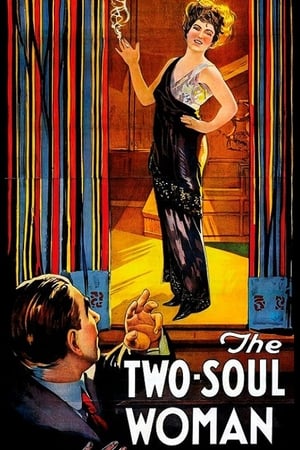 0.0
0.0The Two-Soul Woman(en)
Two men, one of them a villainous hypnotist, contend for the same woman, unaware that she suffers from dual personality disorder.
 6.6
6.6Doctor Who: The Reign of Terror(en)
The TARDIS materialises not far from Paris in 1794 — one of the bloodiest years following the French Revolution of 1789. The travellers become involved with an escape chain rescuing prisoners from the guillotine and get caught up in the machinations of an English undercover spy, James Stirling — alias Lemaitre, governor of the Conciergerie prison.
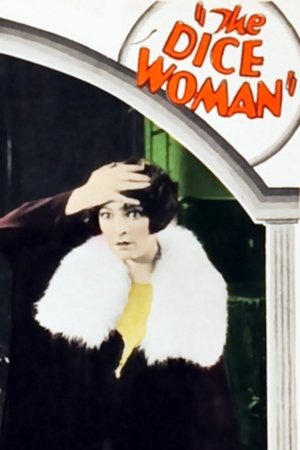 0.0
0.0The Dice Woman(en)
Anita Gray is the spoiled daughter of a millionaire. Returning home from a party, her car breaks down and she is picked up by a stranger, who sells her his car for a diamond bracelet. The car has been stolen and the police arrest her, but she escapes and takes refuge on a freighter bound for China. She has no money and has to work her way there. Her father learns of her destination and hires Hamlin to bring her safely home.
 0.0
0.0At Midnight in the Graveyard(xx)
A group of young people made a bet, according to the terms of which they had to visit a cemetery at midnight.
 0.0
0.0Love Without Question(en)
Old Silas Blackburn, a wealthy recluse, lives alone with his butler and his ward Katherine. One night, Katherine discovers Silas murdered in the room where three generations of Blackburns have mysteriously died. Silas' grandson Robert, whom Katherine loves, comes to visit the next day, suffering from amnesia.
 0.0
0.0The Mysterious Mr. Tiller(en)
Police headquarters has been plagued by a series of robberies, culminating in the theft of a priceless necklace smuggled from Europe. The detectives are on the track of a gang led by master thief Ramon Mordant and his accomplice known as "the Face" because of his twisted and hideous countenance.
Do It Now(en)
At the urging of his sweetheart, Rosemary Smith, a man (William Fairbanks) leaves his soft job in the east and goes west to settle a dispute over oil lands owned by Rosemary's father. This man evicts the wrong party and later must return west in order to set things right, protecting the honor of a girl from the advances of the crooked foreman.
 0.0
0.0The Winged Mystery(en)
Louis and August Siever, the twins sons of a German father and American mother, are traveling in Europe when war breaks out. August joins the Kaiser's army, but Louis, a supporter of the United States, is practically made a prisoner in Berlin for a year while he tries to prove his American citizenship. After a violent confrontation with Louis, August steals his brother's passport and leaves for New York with Gerda Anderson, a German spy.
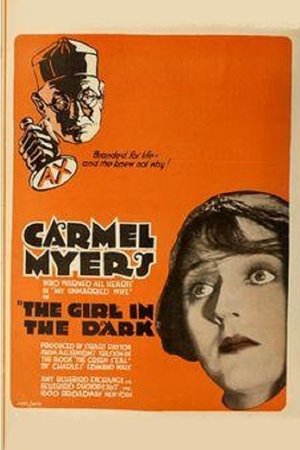 0.0
0.0The Girl in the Dark(en)
Lois Fox, upon whose shoulder is branded a Chinese idiograph resembling the letters "A. Y.," is rescued from a gang of Chinese ruffians by Brice Ferris. His servant Ming, in attempting to steal from her finger a ring that bears a mysterious green seal, is killed, and soon afterward a stranger named Strang arrives, also in search of the girl. Despite Brice's efforts to protect her, Lois is abducted and taken to the headquarters of Lao Wing, the leader of a secret Chinese society known as the Tong.
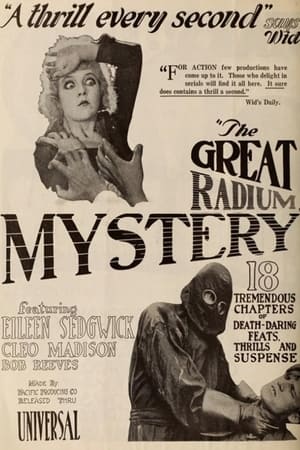 0.0
0.0The Great Radium Mystery(en)
Criminals steal a radium-powered tank from an inventor. His heiress and a government agent take up the chase. 18 episode serial-1. The Mystic Stone, 2. The Death Trap, 3. The Fatal Ride, 4. The Swing for Life, 5. The Torture Chamber, 6. The Tunnel of Doom, 7. A Flash in the Dark, 8. In the Clutches of a Mad Man, 9. The Roaring Volcano, 10. Creeping Flames, 11. Perils of Doom, 12. Shackled, 13. The Scalding Pit, 14. Hemmed In, 15. The Flaming Arrow, 16. Over the Cataract, 17. The Wheels of Death, 18. Liquid Flames.
